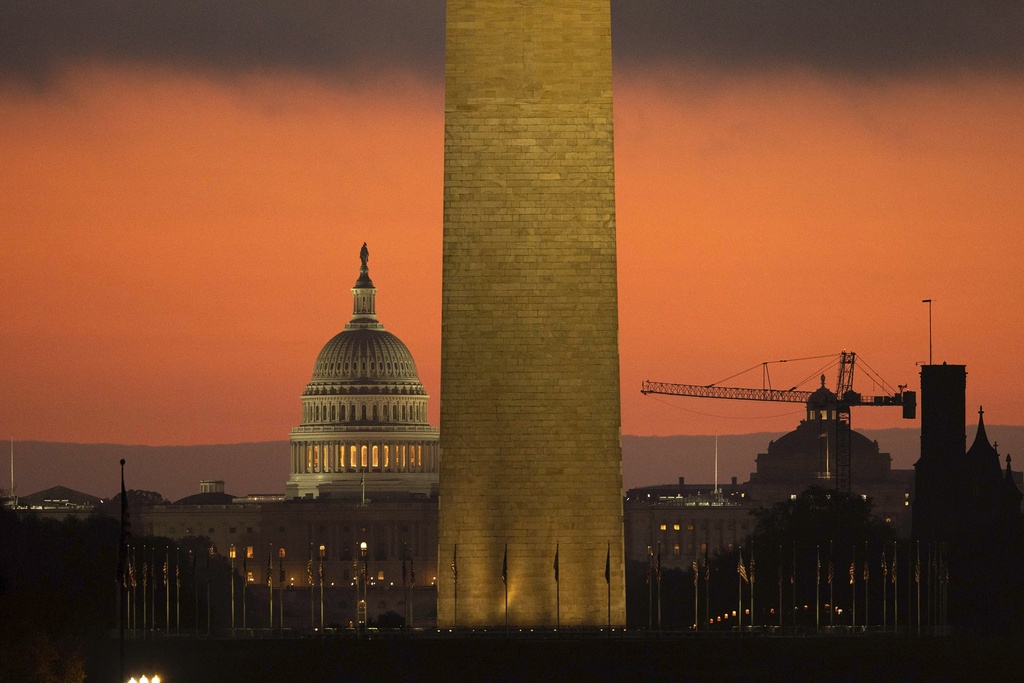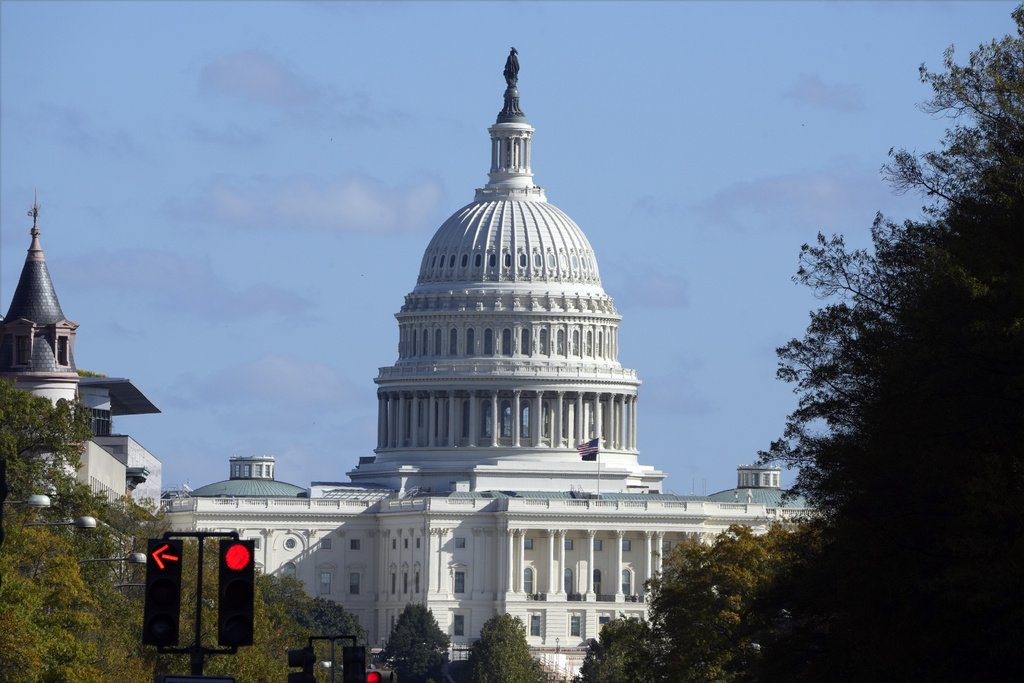Control of Congress Hangs in the Balance This Election \ Newslooks \ Washington DC \ Mary Sidiqi \ Evening Edition \ Control of Congress is at stake this Election Day, with close House and Senate races across the country that could shift party power in both chambers. The results will determine whether the president has a supportive or divided Congress, affecting policies on the economy, border security, and reproductive rights. Voters in key states are deciding the future of U.S. leadership, while both parties prepare for possible power shifts.

Congress Control on the Line: Key Points
- Tight races across the U.S. could flip control of Congress.
- House and Senate results will impact future U.S. policies.
- Key issues include the economy, reproductive rights, and immigration.
- Democrats aim to reclaim House seats, while Republicans look to expand Senate power.
- Some results may take days to finalize, given the closeness of races.
Deep Look
A High-Stakes Congressional Election
This congressional election is unfolding against the backdrop of the first presidential election since the Capitol riot on January 6, 2021, adding further tension to the races. The outcome will either empower or obstruct the sitting president’s agenda, depending on whether a unified or divided Congress emerges. Each chamber’s control could be decided by just a handful of seats, reflecting the highly competitive nature of this election season. Voters are deciding on candidates for all 435 House seats and 34 of the 100 Senate seats, with some races expected to be so close that counting may extend beyond Election Day.
The economy, immigration, reproductive rights, and the future of U.S. democracy have all been focal points in debates leading up to the election. The results will likely determine whether Congress pursues bipartisan compromises or if a split government leads to legislative gridlock.
Key Senate Races: A Few Seats Could Shift Control
Several other Senate seats are hotly contested. In Ohio, Trump-endorsed Republican Bernie Moreno, a businessman, is challenging three-term Democratic Senator Sherrod Brown. This high-profile race has already seen around $400 million in spending, underscoring its importance.
One of the most anticipated Senate races is in Montana, where Democrat Jon Tester, a popular three-term senator, faces his toughest challenge yet against Trump-backed Tim Sheehy, a former Navy SEAL. Tester has been a prominent voice in the Senate for rural Americans, while Sheehy’s campaign has garnered attention, particularly due to his controversial remarks about Native Americans, an influential constituency in Montana.
House Races Focus on New York, California, and More
On the House side, Republicans currently hold a narrow majority, and Democrats are hoping to win back control by flipping a handful of seats, particularly in New York and California. In these states, Democrats are attempting to reclaim seats lost to Republicans in recent elections, seats that proved crucial to the GOP’s recent hold on the House. Speaker Mike Johnson, who took over from ousted Speaker Kevin McCarthy, is working to solidify and expand the Republican majority, and he has continued to align closely with Trump’s agenda in his campaign efforts.
While key races are concentrated in California and New York, other competitive House seats are scattered across the country, including in states like Maine, Nebraska, and Alaska. These scattered battlegrounds reflect just how narrow the field of contested seats has become, with both parties targeting specific races where they believe they have the best chance of flipping control.
The Role of Congress in the 2024 Presidential Election
Congress will also play a key role in certifying the 2024 presidential election results. Four years ago, several Republicans in Congress attempted to block Joe Biden’s certification, a process that culminated in the January 6 riot. This time, if Congress is divided or led by Republicans, it could set the stage for challenges to the certification process, with high stakes for the peaceful transfer of power.
High-Profile Senate Races in Arizona, Nevada, and the South
In Arizona, GOP candidate Kari Lake, known for her hardline positions, faces a tough race against Democrat Ruben Gallego for the seat opened by Senator Kyrsten Sinema’s retirement. In Nevada, Democratic Senator Jacky Rosen is defending her seat against Republican Sam Brown in what is expected to be a close contest.
Meanwhile, Senate Democrats are intensifying their efforts against two incumbent Republicans, Ted Cruz of Texas and Rick Scott of Florida. Both states have seen fierce debates on reproductive rights following the Supreme Court’s decision to overturn Roe v. Wade. Cruz faces Colin Allred, a popular congressman from Dallas, while Scott has invested $10 million of his own fortune to fend off a challenge from Debbie Mucarsel-Powell, a former House representative.
Historic Firsts and Redistricting Effects
In addition, Sarah McBride, a Democratic House candidate from Delaware, is poised to become the first openly transgender member of Congress. The shifting demographics within Congress reflect an evolving American electorate that has shown increasing support for diverse representation.
The impact of recent redistricting, where states adjust congressional district maps, is also shaping the balance of power. Republicans stand to gain seats in North Carolina, while Democrats have the opportunity to win an additional Black-majority seat in Alabama. These adjustments are contributing to the tightly contested nature of the election.
The Unprecedented Potential for Dual Party Flips
In the end, whether Congress remains divided or unified under one party, the decisions made by voters on Election Day will shape the direction of the United States, impacting everything from policy priorities to the ability to navigate political gridlock.







